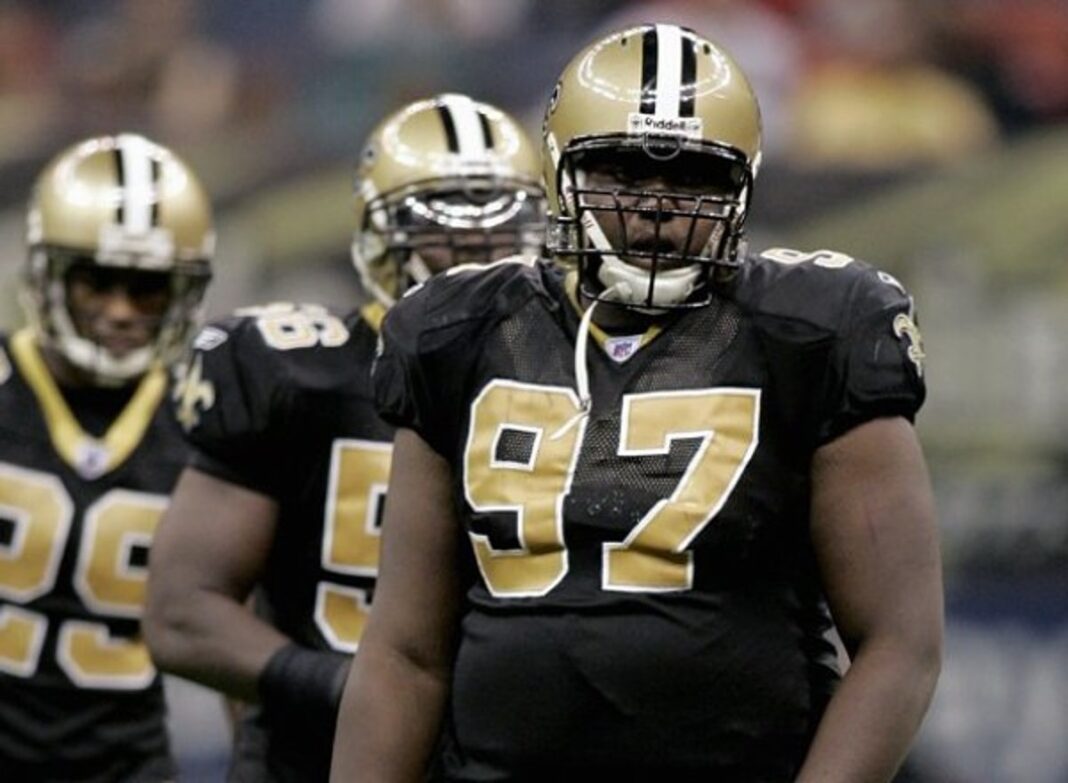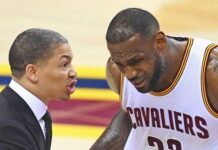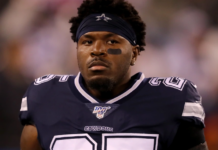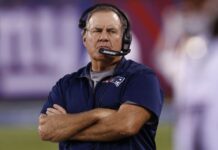When they first drafted Johnathan Sullivan in 2012, the Saints’ offense was on the upswing, so it was easy to overlook the fact that he had only played in three games in his first two years and had little-to-no bags to show for it. Sullivan struggled as a rookie, only recording 2.5 sacks and finishing with a measly 1.5 sacks in his sophomore season. That slow start was a sign of things to come as he had a career-low 2.5 sacks in 2015. A year later, after the team’s fortunes had changed, the linebacker was nothing more than a tackling dummy.
It was a good night for the Saints, who nabbed a huge haul on the first night of the NFL Draft. The team used it’s three picks to acquire a couple of dynamic playmakers who could make a big impact on the defense. But the biggest pick for New Orleans was a 4th rounder in the draft, the 86th overall pick, that the team used on Southern Mississippi linebacker Johnathan Sullivan.
Failure is an inevitable, albeit undesirable, part of the NFL draft process. Every team has its share of designers who never lived up to their potential. When these picks happen at the top or near the draft, the impact on the organization can last for years, especially for teams with a small market like the New Orleans Saints. Former linebacker Jonathan Sullivan is a strong candidate to become the biggest loser in Saints history. Sullivan was expected to be an athlete who would change the game for New Orleans, but he only lasted three years in the NFL. Think about the Saints’ inflated expectations for Sullivan and how his short NFL career went.
Much is expected of Jonathan Sullivan when he graduates
 Jonathan Sullivan, Georgia Bulldogs goalie, 2002 Andy Lyons/Getty Images Sullivan played three years on the defensive line at the University of Georgia. He advanced each year, going from 34 interceptions in 2000 to 74 in 2002, according to Top 10 Busts. In his junior year, he played so well that he was selected to the first team All-SEC. Sullivan was especially appreciated for his unique combination of size and speed. Despite his weight of 313 pounds, Sullivan, who is 5-foot-10, ran the 40-yard dash in 5.07 seconds, according to the NFL Combine. Most commentators considered him the third or fourth best defensive lineman in the 2003 NFL Draft and predicted he would be selected somewhere in the middle of the first round.
Jonathan Sullivan, Georgia Bulldogs goalie, 2002 Andy Lyons/Getty Images Sullivan played three years on the defensive line at the University of Georgia. He advanced each year, going from 34 interceptions in 2000 to 74 in 2002, according to Top 10 Busts. In his junior year, he played so well that he was selected to the first team All-SEC. Sullivan was especially appreciated for his unique combination of size and speed. Despite his weight of 313 pounds, Sullivan, who is 5-foot-10, ran the 40-yard dash in 5.07 seconds, according to the NFL Combine. Most commentators considered him the third or fourth best defensive lineman in the 2003 NFL Draft and predicted he would be selected somewhere in the middle of the first round.
New Orleans Saints, drafted by Sullivan
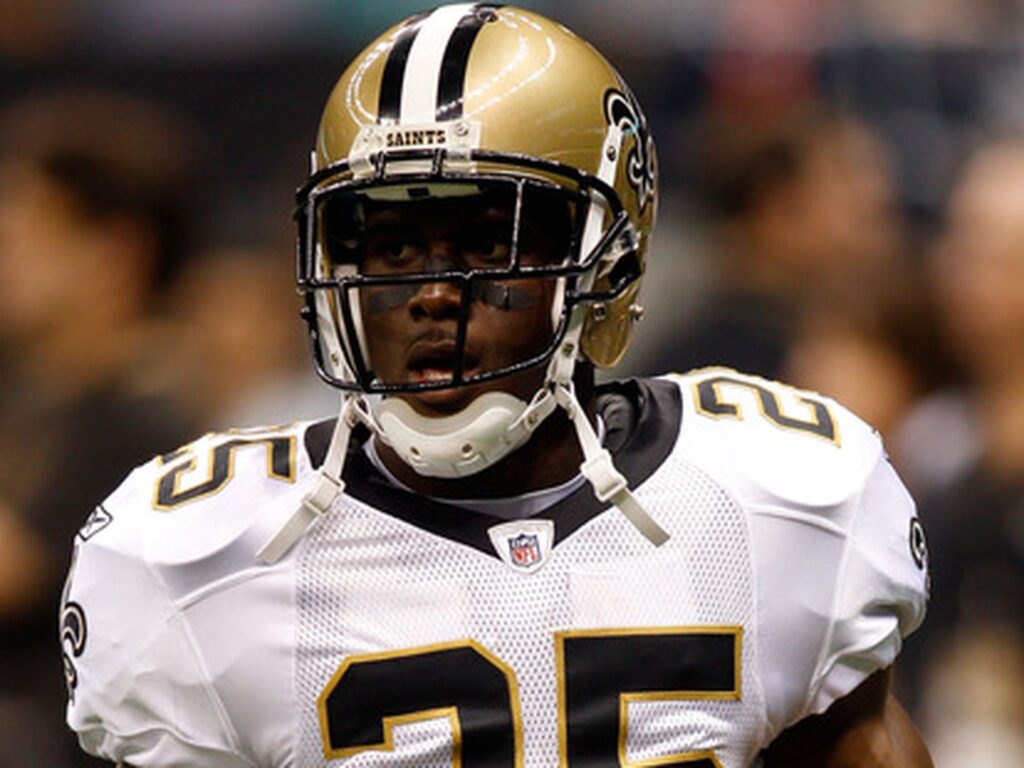
. The Saints clearly thought much better of Sullivan than the rest of the league. Or maybe they just decided that his impressive performance at the combine greatly increased his value to other interested teams. Anyway, they needed him so badly that they traded the Nos. 17 and 18 to the Arizona Cardinals in exchange for their No. 6 pick, a second-round pick and a fourth-round pick. By acquiring Sullivan at No. 6, the Saints were missing a number of other defensive players who had successful NFL careers. That includes defender Kevin Williams, midfielder Terrell Suggs Jr. and defender Troy Polamalu. These three players have won a total of 21 Pro Bowls in their careers. Sullivan, on the other hand, got nothing.
How Jonathan Sullivan’s NFL career went

Shortly after Sullivan was drafted, the Saints signed him to a seven-year, $16.6 million contract, according to The Red & Black. They were clearly convinced that he would remain the linchpin of their defense for years to come. Sullivan worked just three seasons with New Orleans, who then traded him to the New England Patriots. It was clear from the beginning of his rookie season that Sullivan was not cut out for the NFL.
After playing 14 games in 2003, he scored 34 points and one sack, according to Pro Football Reference. In the following year, usage dropped sharply. Then, in 15 games in 2005, Sullivan had just 29 tackles and two interceptions. One of Sullivan’s biggest problems was his weight, which in turn was a reflection of his poor work ethic and eating habits. Sullivan arrived at the combine at a relatively light 313 pounds, but quickly rose to 350 pounds, according to NOLA. Sullivan seemed unable to control his appetite and had a penchant for fast food. Sullivan ate himself out of the league.
The Patriots fired Sullivan a few months after his acquisition, and he never returned to the NFL team after that. Sullivan has just 78 interceptions and 1.5 sacks in his three-year NFL career. Compare that to Sullivan’s 154 tackles and nine sacks in college, and you can understand why he has become one of the worst outside linebackers in Saints history. The fact that New Orleans had to give up two first round picks to get him only makes it worse. COMPARED TO: What happened to the 5 biggest losers in the NFL draft?

